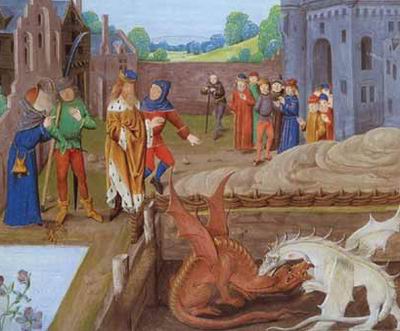Visiting Tintern Abbey
When I was a child, being bundled into the back of my dad’s Zephyr Zodiac and taken to Tintern Abbey was a regular day out for us, particularly on bank holidays as is was only about 2½ hours drive from where we lived .
Dad used to meet up with one of his friends who was a photographer taking shots of the tourists there. With the wonderful photo/video technology these days, professional photographers working with tourists are not seen so much.
History of Tintern Abbey
Tintern Abbey was the first Cistercian Abbey built in Wales and was founded by Walter de Clare, Lord of Chepsow who had granted it to the monks in 1131.
Tintern Abbey is quite an awesome structure and was built in the early 12th century. In 1348 the Black Death visited the area and many of the monks at Tintern perished. The Abbey then stood for a few hundred years until the 16th century when Henry VIII ordered its destruction. The Abbey then went from bad to worse, having the lead stripped from its roof which eventually collapsed completely and becoming overgrown with plant life, as nature took over the grounds.
In the 1700s the 4th Duke of Beaufort, Charles Somerset began restorations of the grounds removing all weeds and debris and the transformation of this wonderful building became the tourist attraction that it is today.
Even in its ruins, it manages to look quite majestic nestling in the Wye Valley right on the banks of the River Wye. One can see the practicality of the setting the Abbey here back in the 12th Century, and added to that is the wonderful view of the Monmouthshire countryside framed by its huge windows.
The Ghostly Legend of Tintern Abbey
Well, there has to be a ghost story!
 |
| Ghostly Knight Figure supplied by Photolitherland from Wikimedia Commons |
Gradually in the lightening flashing through an eerie mist, a huge knight in armour appeared with his visor up revealing an enraged ghostly face, and a group of monks appeared around him. Our group became so petrified they were frozen to the spot, and a realisation must have come to their minds that they had disturbed the monks and their protector , Glibert de Clare. But they were shaken out of their paralysis when de Clare raised his crossbow and took aim in their direction.
The men took to their heals and ran. The ghosts transformed into a tornado and chased the men out from the Abbey and a good way beyond it.
Wales has many legends and ghost stories surrounding old ruined castles and old buildings. Having a very active imagination, it is something that I love to sit and think about when visiting these sites, I have not ever seen anything other-worldly, but that’s not to say that I wouldn’t want to.. Easy to say I guess, but seeing such things, would probably change my curiosity.
482 years ago on 3rd September 1536 that Tintern Abbey was dissolved by Henry VIII’s commissioners as part of what he termed the ‘dissolution of the monasteries’, so that he could break away from the Church of Rome, and form his own church, the Church of England and expand the Royal coffers. Makes one wonder whether any of the ghosts would be observing the date!


















